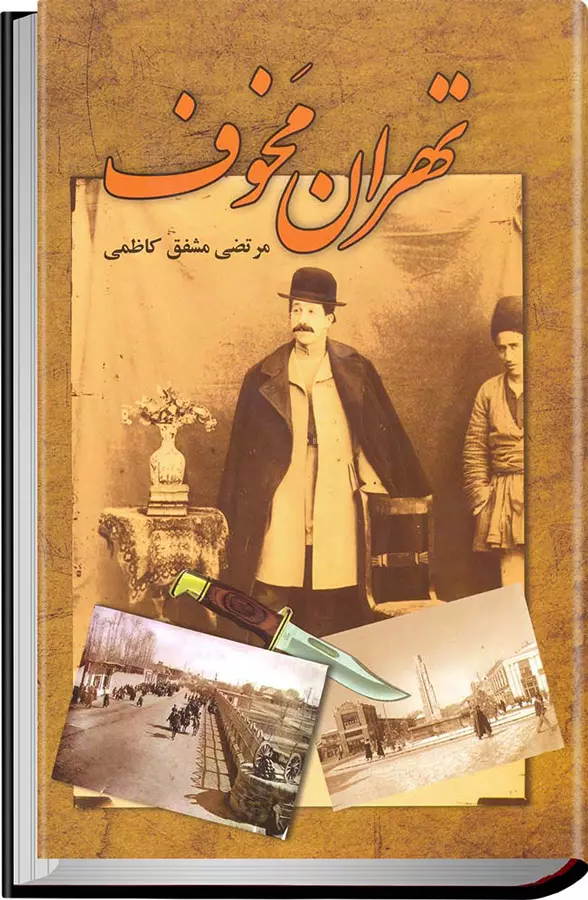Tehran-e Makhoof (The Horrors of Tehran)

Author: Moshfeq Kazemi
Genre: Historical Fiction
Publication Year: 1926
"Tehran-e Makhoof" (The Horrors of Tehran) is a classic Persian novel written by Moshfeq Kazemi, widely recognized as one of the earliest and most notable examples of Iranian social and adventure fiction. Published in 1926 (1305 in the Persian calendar), the novel offers a vivid portrayal of the social, moral, and political dilemmas faced by Iranian society during the late Qajar and early Pahlavi periods. Written when the author was just 26 years old, it reflects a mature and bold critique of the failures of the Constitutional Revolution and the resulting disillusionment in society.
Through gripping storytelling, Tehran-e Makhoof exposes the rampant corruption, widespread poverty, and moral decay of the time. Moshfeq Kazemi masterfully describes the harsh realities of post-revolutionary Tehran, including prostitution, social injustice, and insecurity, providing an unflinching depiction of a society grappling with the aftermath of dashed hopes for reform.
The novel’s protagonist navigates a world rife with danger, betrayal, and moral complexity, making it a captivating read for fans of both romance and crime fiction. With elements of suspense, drama, and social commentary, it balances entertainment with a powerful exploration of Iran’s historical and cultural landscape.
For decades, Tehran-e Makhoof remained a popular work in Iranian literature, cherished by readers for its romantic undertones and adventurous spirit. While it is a product of its time, the themes of societal failure, disillusionment, and the quest for justice resonate even today, offering modern readers an insightful window into a transformative period of Iranian history.
In conclusion, Tehran-e Makhoof is a must-read for anyone interested in Persian literature, historical fiction, or social commentary. It stands as both a literary milestone and a cultural artifact, capturing the hopes and heartbreak of a society in flux.



